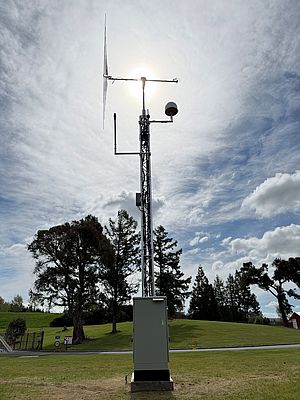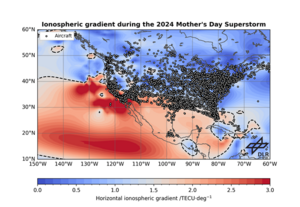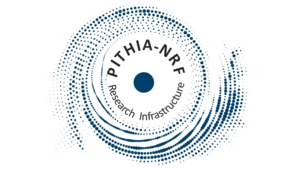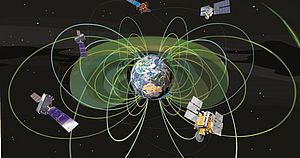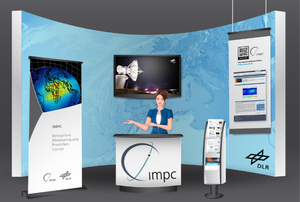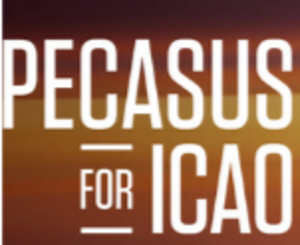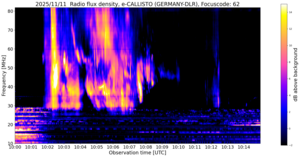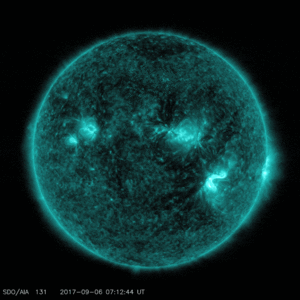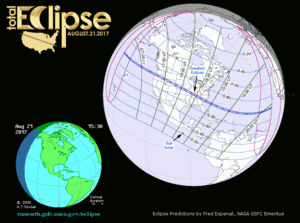IMPC News
New SIGN Station operational at Wairakei, New Zealand!
We are excited to announce the successful deployment of a Solar Ionosphere Global Network (SIGN) station in collaboration with Earth Sciences NZ at their Wairakei premises.
Space weather impact on aviation – an important research area at DLR-SO
You work in aviation and want to help with our research? The IMPC is conducting a survey to understand how space weather events affect aviation operations. Your feedback will help improve our understanding of these impacts and contribute to optimized space weather services for the aviation industry. The survey should take only a few minutes to complete, and your responses will remain confidential.
PITHIA-NRF Trans-National Access (TNA) 7th Open Call
PITHIA-NRF launches its seventh call. This is the FINAL call in the frame of PITHIA-NRF project to provide effective and convenient access to the best European research facilities for observations of the upper atmosphere, including the plasmasphere, ionosphere and thermosphere. The call is open from 15 August 2024 and closes on 27 September 2024.
6th National Space Weather Workshop
The 6th National Space Weather Workshop is a non-public event. Participation in the workshop is possible by registering on the website nwww2024.welcome-manager.de.
CLOSED: PITHIA-NRF Trans-National Access (TNA) Open Call
Get into touch with the IMPC team through PITHIA-NRF!
Visit us at the ESWW23 in Toulouse
Meet the IMPC team at the 19th European Space Weather Week 2023 in Toulouse, France!
IMPC User Registration is now open!
You can now sign up for an user account at impc.dlr.de! This allows you access to latest product data files, early warnings and the TEC Time Series Plotter application. Stay tuned for upcoming features.
5. Nationaler Weltraumwetter-Workshop
Das Deutsche Zentrum für Luft- und Raumfahrt lädt vom 21-23. September 2021 zum 5. Nationalen Weltraumwetter-Workshop ein.
IMPC starts data delivery for PECASUS
IMPC provides Scintillation and TEC data to PECASUS consortium which is the one of the three global centers providing space weather advisories according to ICAO regulations.
For more information pecasus.eu
International Workshop on GNSS Ionosphere (IWGI2019) - Theory, Algorithms, Modelling and Applications
September 23-25, 2019,
German Aerospace Center (DLR), Neustrelitz, Germany
Space Weather Events
Further solar eruptions – possible disruption to satellite navigation
• Several solar flares and coronal mass ejections (CMEs) occurred between November 9 and 11
• The strongest flare is reported to have had a magnitude of X5.1, with the geomagnetic storm on Earth reaching category G4 (“severe”)
Severe solar flare event on 06.09.2017
On September 6th around 12 UT, sunspot AR2673 unleashed a major X9.3-class solar flare - the strongest solar flare in more than a decade, cf. image below. Although this flare was very powerful and accompanied by a CME it is relatively mild when comparing it with extreme events like the "Halloween Storm Event" (2003) or "Carrington Event" (1859). The arrival of the CME is expected two or three days…
Ionospheric Response to the Solar Eclipse on 21 August 2017
Solar eclipses are always fascinating events for all people having the opportunity to experience it directly. For atmospheric scientists solar eclipses are huge active experiments for studying the response of the Earth’s neutral atmosphere and ionosphere on the well-defined turn off and on of the solar illumination. This will be also the case for the solar eclipse over North America on 21 August…

